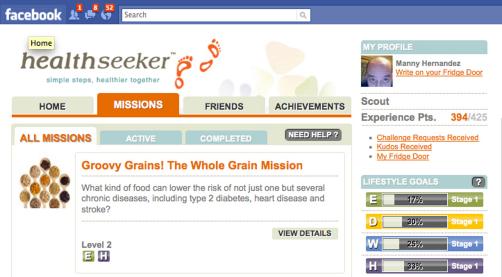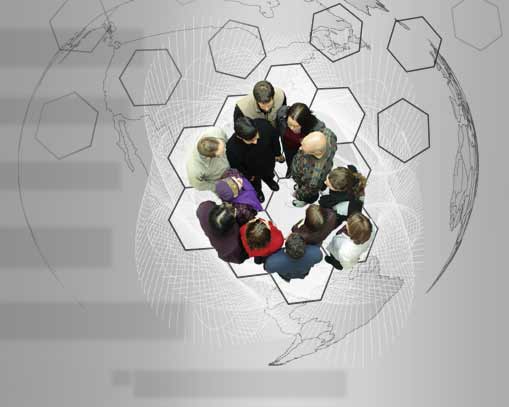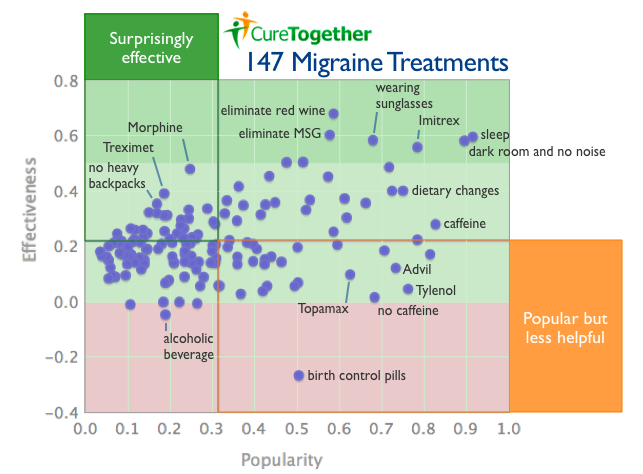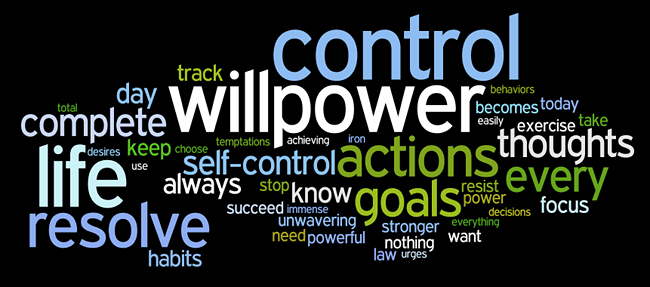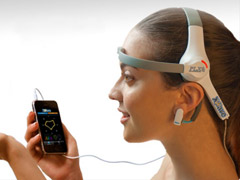Design for Collaborative Consumption
October 12th, 2010 The psychological need to share is a powerful force, especially when it involves trust. Cognitive designers that are able to create new ways of sharing or more shareable products, services and experiences are achieving success. To see how this is working in some detail check out the new book and website, What’s Mine is Yours: The Rise of Collaborative Consumption.The book illustrates a mega shift from hyper consumption to collaborative consumption driven by peer-to-peer sharing networks enabled by the Internet. We can now efficiently share everything:
The psychological need to share is a powerful force, especially when it involves trust. Cognitive designers that are able to create new ways of sharing or more shareable products, services and experiences are achieving success. To see how this is working in some detail check out the new book and website, What’s Mine is Yours: The Rise of Collaborative Consumption.The book illustrates a mega shift from hyper consumption to collaborative consumption driven by peer-to-peer sharing networks enabled by the Internet. We can now efficiently share everything:
“From enormous marketplaces such as eBay and Craigslist, to emerging sectors such as social lending (Zopa) and car sharing (Zipcar), Collaborative Consumption is disrupting outdated modes of business and reinventing not just what we consume but how we consume.
New marketplaces such as Swap.com, Zilok, Bartercard, AirBnb, and thredUP are enabling “peer-to-peer” to become the default way people exchange — whether it’s unused space, goods, skills, money, or services — and sites like these are appearing everyday, all over the world.”
We have looked at many of these sites on the Cognitive Design Blog before but not as an emerging design pattern. Designing for shareability (collaborative consumption) not only satisfies deep cognitive needs it is a powerful way to tap underutilized capacity, dramatically lower costs, shift behavior patterns and bring people closer together.
Very interested to hear from readers that have insight into how we can transform traditional products and assets into something that is collaboratively consumable.
